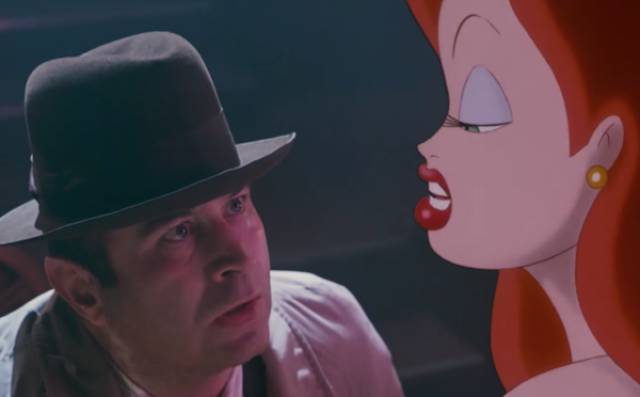

Walt Disney was drawn to Collodi’s book but perhaps wisely realized that its rougher edges needed to be sanded down. That transfixing moral screed subjects its puppet protagonist to untold horrors before he achieves his goal of becoming a “real boy.” Ironically, if Zemeckis had reached even further back, to Carlo Collodi’s original Italian novel from 1883, he may have found a fresher twist. Its major plot points echo the 1940 film’s. Pinocchio very much takes the latter approach. Some of the films, such as Tim Burton’s Dumbo and the Maleficent movies, made an effort to depart from their source material, but most merely trudge through the same beats audiences will remember from childhood, only this time featuring a celebrity such as Will Smith or Emma Watson. The studio has been pushing a never-ending spate of live-action remakes, with little regard for whether it’s found a particularly new take-zombified, marketable nostalgia, presented with a slick modern sheen. The actual narrative behind those visuals, however, seems to have vanished. Zemeckis certainly remains good at running a production that uses expensive-looking CGI.

But instead of capturing the old-school charm of the original, the new film looks as dead-eyed as one of Zemeckis’s motion-capture characters, as it recites the familiar fable of the puppet who wanted to be a boy. Zemeckis’s Pinocchio, now available to stream on Disney+, is a live-action remake, and a largely faithful one. No, not the classic 1940 animation, which still has the capacity to delight and terrify young viewers many decades later. Which explains how we got Disney’s Pinocchio. But as Zemeckis has tried to stay on the cutting edge, he seems to have grown less interested in some of the building blocks of good cinema, such as story originality and stakes, interesting characters, and the use of physical cameras and sets. In the 2000s, he dove into the nascent field of motion capture to produce the animated movies The Polar Express, Beowulf, and A Christmas Carol. His biggest films of the ’80s and ’90s- Who Framed Roger Rabbit, Back to the Future, Forrest Gump-were all revolutionary in their use of visual effects and CGI. Robert Zemeckis has always been a director fascinated by avant-garde technology.


 0 kommentar(er)
0 kommentar(er)
